Santo Maris: rest and renewal in Santorini
Take a restorative break on an island that knows a bit about struggle and healing

The story of Santorini is a fitting one for these times, as the world looks back at the pandemic and wonders what will come next.
Halfway between Athens and Crete, the island has long been shaped by forces of destruction and renewal. The Minoans, who arrived on the island about 4,000 years ago, were repelled by a violent volcanic explosion a few hundred years later. The force of the eruption led to the collapse of the volcano’s central cone, leaving only the rim above the water - the eastern arc of which is now Santorini.
What followed was millennia of occupation and retreat, as Phoenicians, Dorians, Persians, Athenians, Romans, Byzantines, Venetians and Ottomans came and went. The island became a part of Greece in 1912, but more upheaval was to come: in 1956, an earthquake destroyed many villages and emptied others, which only recovered with a new influx of money and people as tourists arrived in the 1970s. Today, they provide most of its income - along with the vineyards that flourish on its volcanic soils.
The Week
Escape your echo chamber. Get the facts behind the news, plus analysis from multiple perspectives.

Sign up for The Week's Free Newsletters
From our morning news briefing to a weekly Good News Newsletter, get the best of The Week delivered directly to your inbox.
From our morning news briefing to a weekly Good News Newsletter, get the best of The Week delivered directly to your inbox.
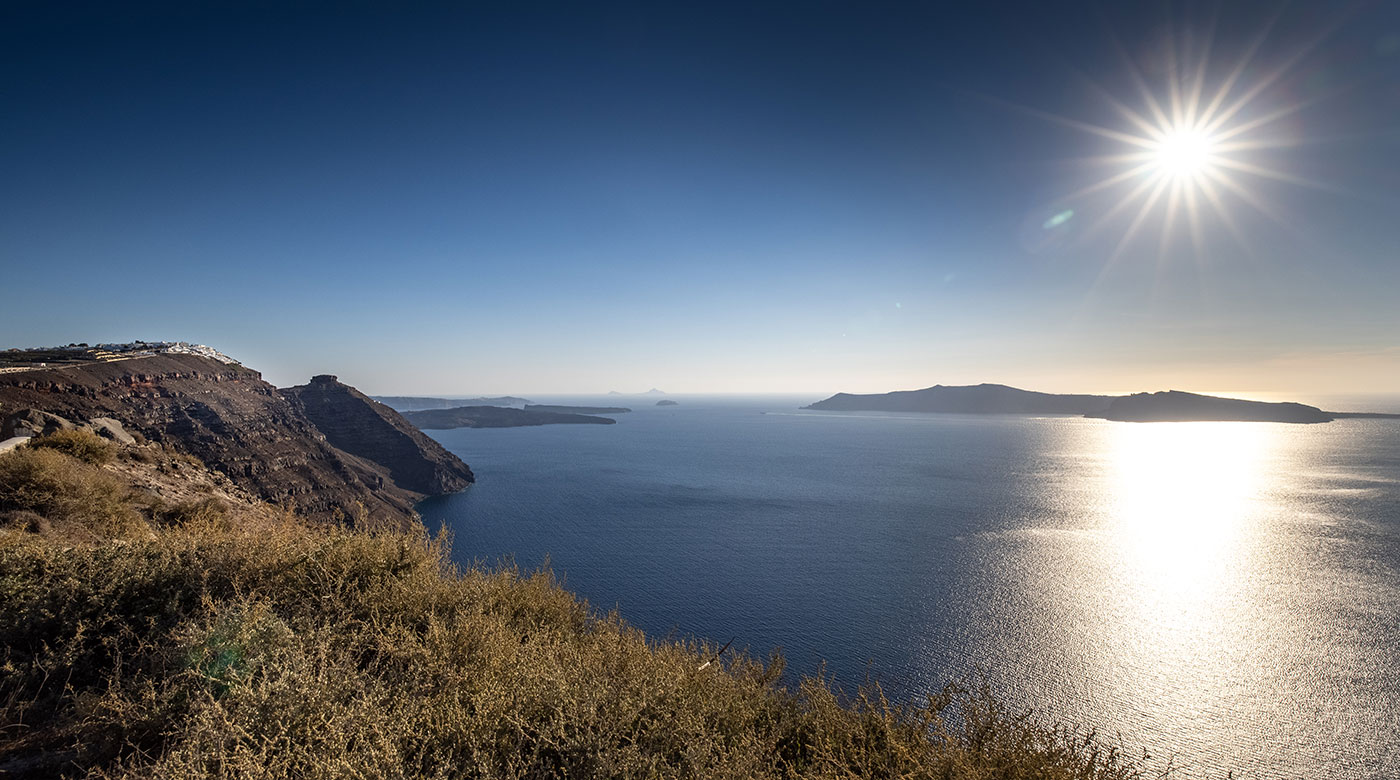
Santo Maris Oia: why stay here?
The hotel may be just a few years old, but it taps into the history of its island home. Each suite is identified by a plaque bearing not only familiar Arabic numerals, but also the script of the Minoans, known as Linear B. The suites themselves are traditionally styled, with vaulted ceilings and sturdy white walls. Arranged in clusters, they mimic the layout of a Santorini village - although here the focal point of each neighbourhood is not a stone-paved square but a swimming pool.
Bright and airy, the rooms come in a range of shapes and sizes - for couples, families or larger groups of friends. Some have private pools and many more come with hot tubs. Self-contained villas include a private gym and sauna, as well as accommodation for a nanny or butler, and a fully equipped kitchen.
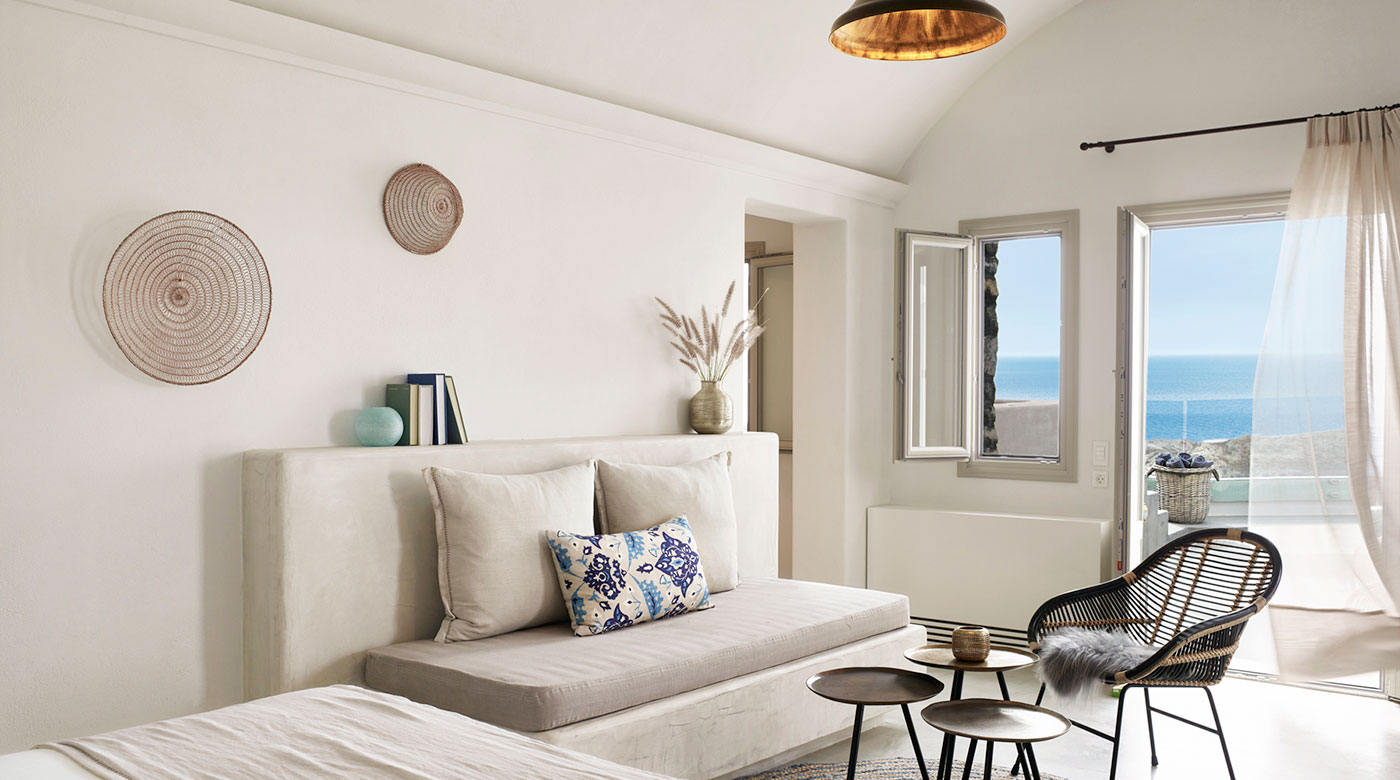
What to do
A free daily email with the biggest news stories of the day – and the best features from TheWeek.com
When you’re ready to venture out beyond the hotel’s pools and spa, the heart of Oia (below) is just a ten-minute stroll along a quiet footpath. Here you can lose yourself in the warren of alleyways that lead from one spectacular photo-opportunity to another. Jewellers and other high-end boutiques compete for space with cafes, bars and restaurants.
Each evening, sunset draws the throng towards the western tip of the town. This is an excellent time to explore the rest of its streets, which you will have to yourself as they’re bathed in the warm light of dusk. You can watch the sun sink below the horizon another night, from the comfort of the Santo Maris restaurant - or the privacy of your suite.
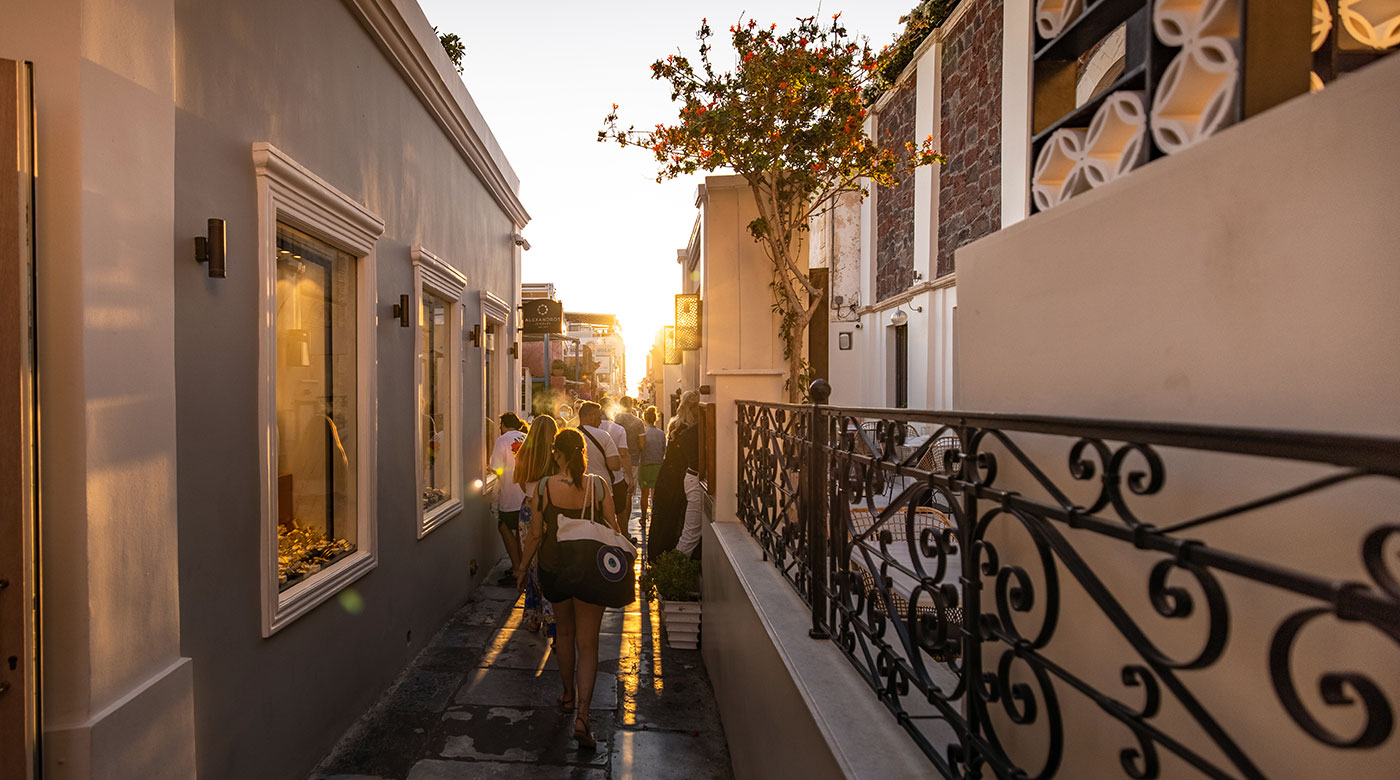
Further afield
The archaeological site of Akrotiri, at the southern end of Santorini, is the place to learn more about the island’s history. Known as the Greek Pompeii, it was buried by ash in the 17th century BC. The volcanic eruption that destroyed it is thought to have been the most powerful in the past 4,000 years.
What to eat
The hotel’s main restaurant, Alios Ilios (below), is an excellent place to start. Offering an a la carte choice or tasting menu, it specialises in fine-dining reinterpretations of the island’s favourite dishes. Seafood plays a starring role, accompanied by wines from Santorini and the Greek mainland - and a beguiling sunset view. The poolside bar delivers generous salads, gyros and other substantial snacks, as well as a creative cocktail menu.
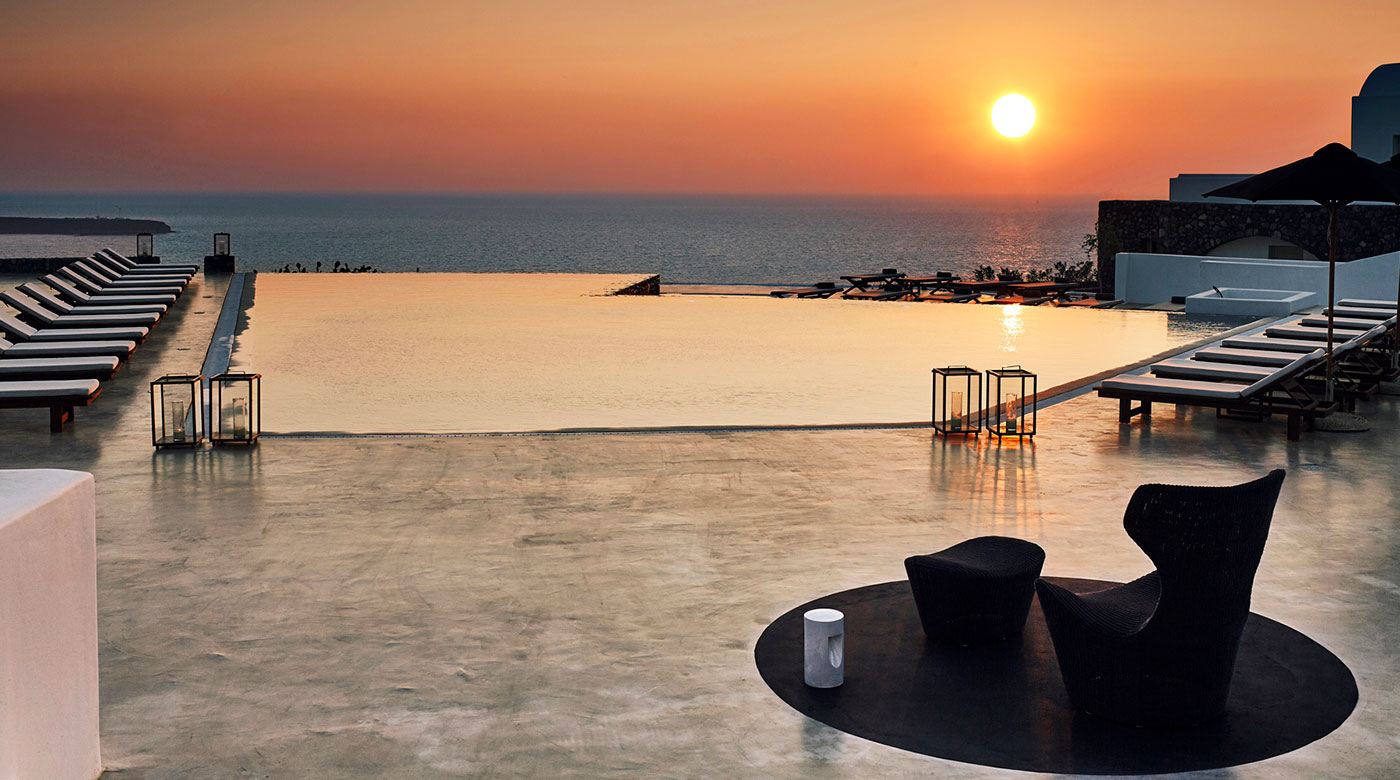
Beyond Santo Maris, Oia is packed with enough restaurants to keep you going all season. Ambrosia serves a modern Mediterranean take on fine dining from a spectacular cliff-top perch, while Pelekanos is the place to go for reasonably priced (by Santorini standards) Greek classics, warm service and wonderful rooftop views.
When to go
Santo Maris closes for the winter season, usually November to February, although the precise dates vary depending on demand. Spring and autumn are the best times to visit: the weather is warm and dry, the narrow streets are a little less crowded and the legendary sunset is perfectly timed for dinner. Expect highs of 18C in April, 29C in July and 26C in September.
How to get there
British Airways, easyJet and Ryanair fly to Santorini (Thira) International Airport, a 30-minute drive from Santo Maris. The hotel can arrange private transfers for €60 (£52) each way.
BA has a four-night stay at Santo Maris from 27 October for £1,243 per person, based on two adults sharing a junior suite with a private pool, including breakfast and flights from Heathrow. Or book on the Santo Maris website, from £562 per room per night.
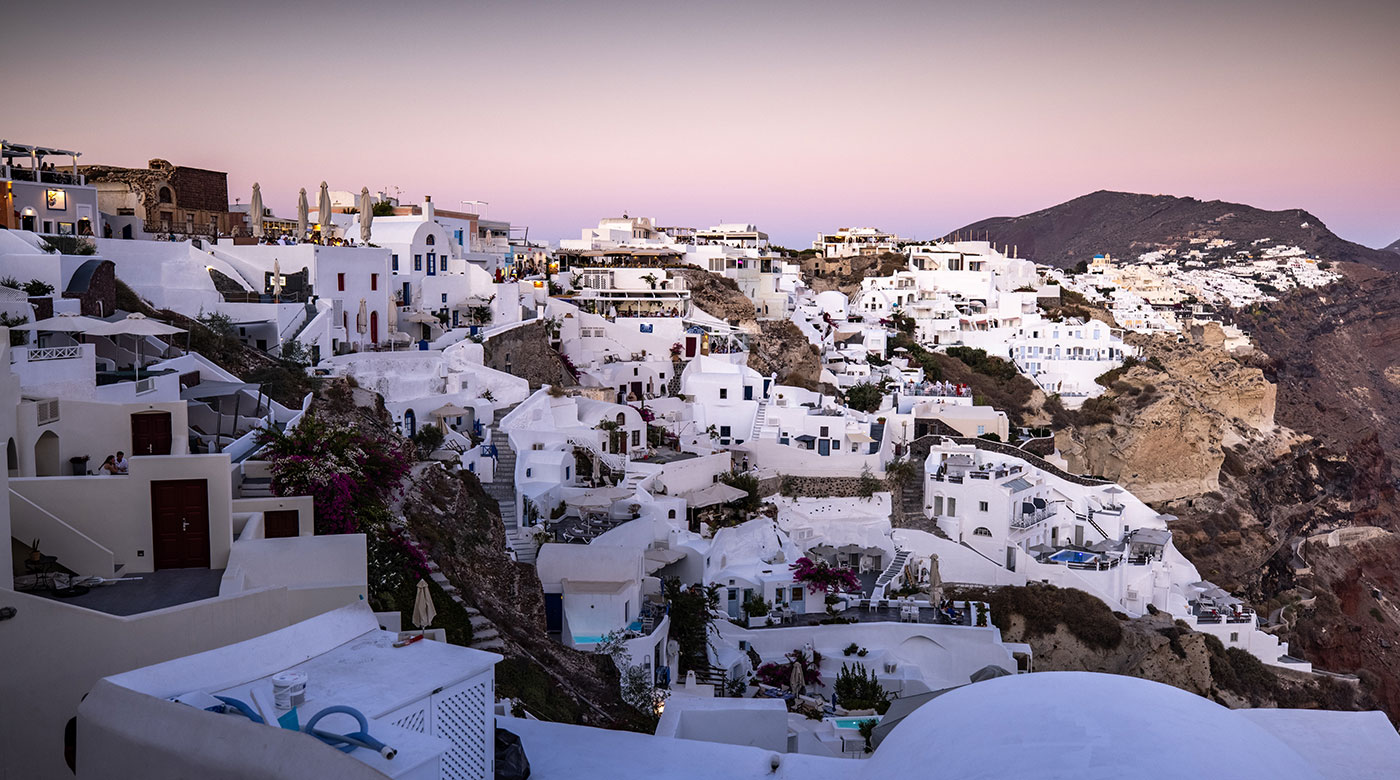
Holden Frith is The Week’s digital director. He also makes regular appearances on “The Week Unwrapped”, speaking about subjects as diverse as vaccine development and bionic bomb-sniffing locusts. He joined The Week in 2013, spending five years editing the magazine’s website. Before that, he was deputy digital editor at The Sunday Times. He has also been TheTimes.co.uk’s technology editor and the launch editor of Wired magazine’s UK website. Holden has worked in journalism for nearly two decades, having started his professional career while completing an English literature degree at Cambridge University. He followed that with a master’s degree in journalism from Northwestern University in Chicago. A keen photographer, he also writes travel features whenever he gets the chance.
-
 Four Seasons Seoul: a fascinating blend of old and new in South Korea
Four Seasons Seoul: a fascinating blend of old and new in South KoreaThe Week Recommends Located right in the heart of the action, this classy hotel is the perfect base to explore the capital
-
 Upper House Hong Kong: a serene sanctuary in the bustle of the city
Upper House Hong Kong: a serene sanctuary in the bustle of the cityThe Week Recommends Panoramic harbour views and super-stylish interiors elevate this luxury hotel to another level
-
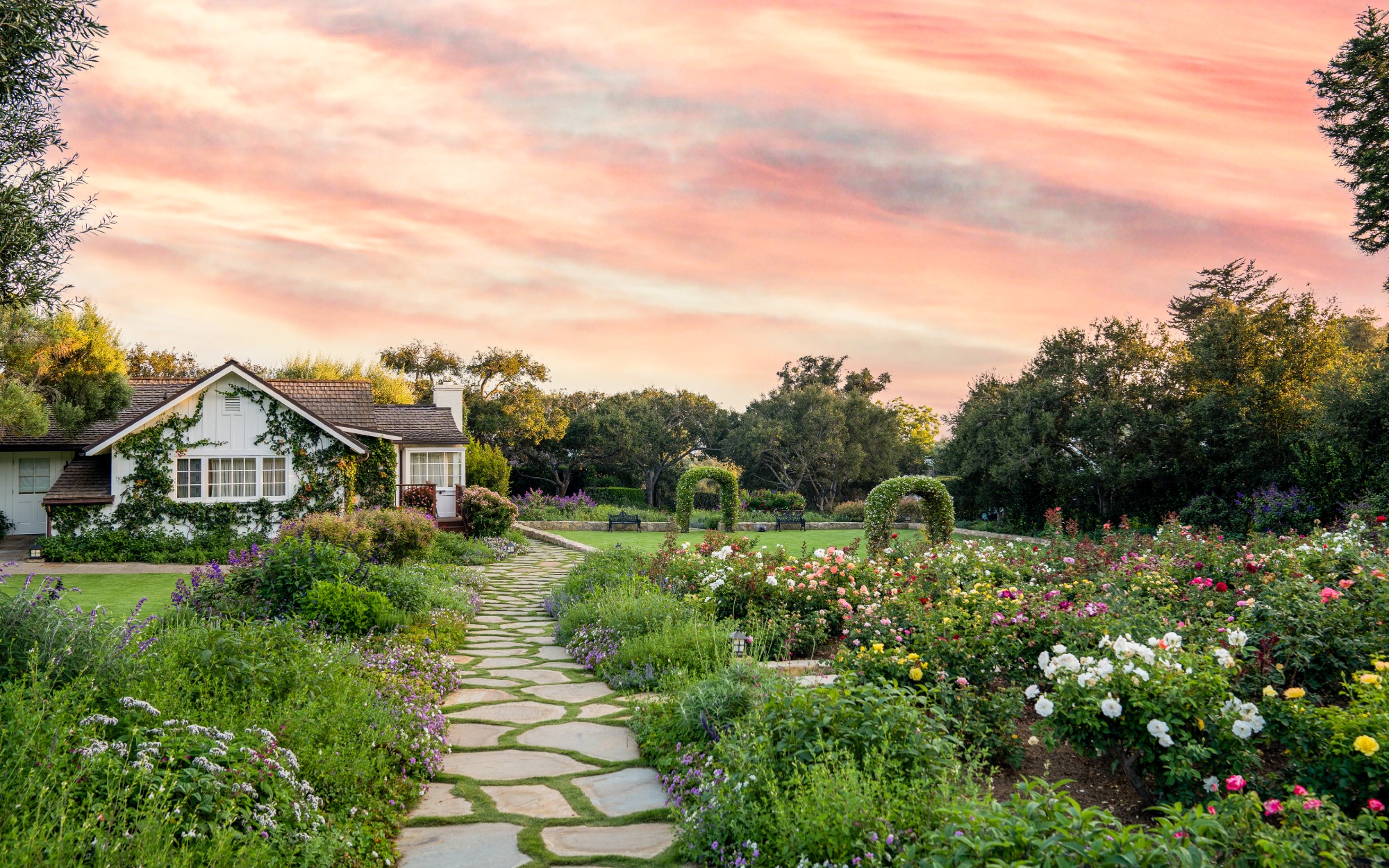 Step into a fairy tale at San Ysidro Ranch
Step into a fairy tale at San Ysidro RanchThe Week Recommends This historic Californian hideaway is pure magic
-
 The Old Bell Hotel: whimsy and charm in historic Wiltshire
The Old Bell Hotel: whimsy and charm in historic WiltshireThe Week Recommends Giraffes, monkeys and bold, bright colours add a playful touch to this 800-year-old inn
-
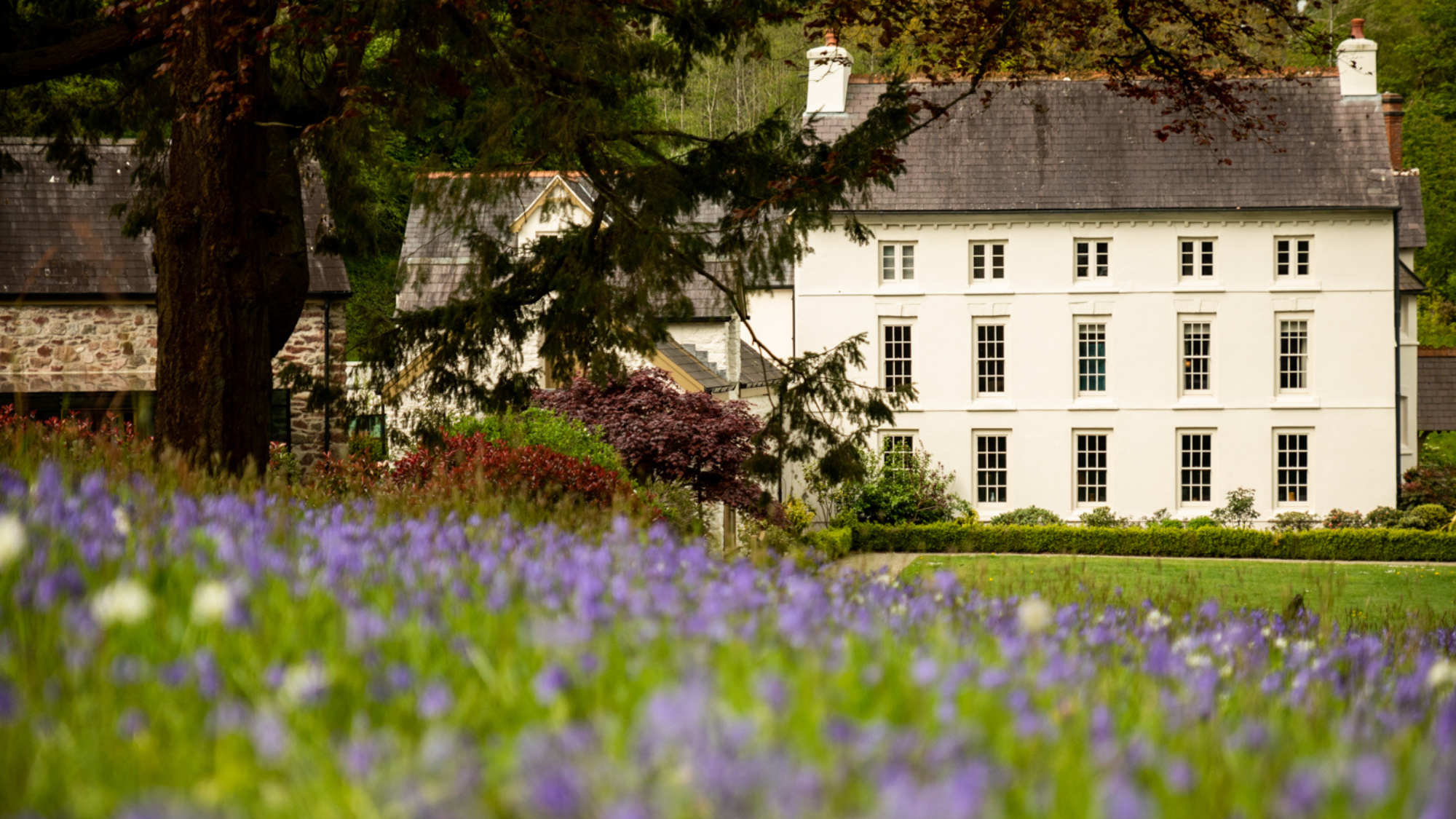 Grove of Narberth: comfort and style in the Welsh countryside
Grove of Narberth: comfort and style in the Welsh countrysideThe Week Recommends This boutique Georgian manor in Pembrokeshire is the perfect rural retreat
-
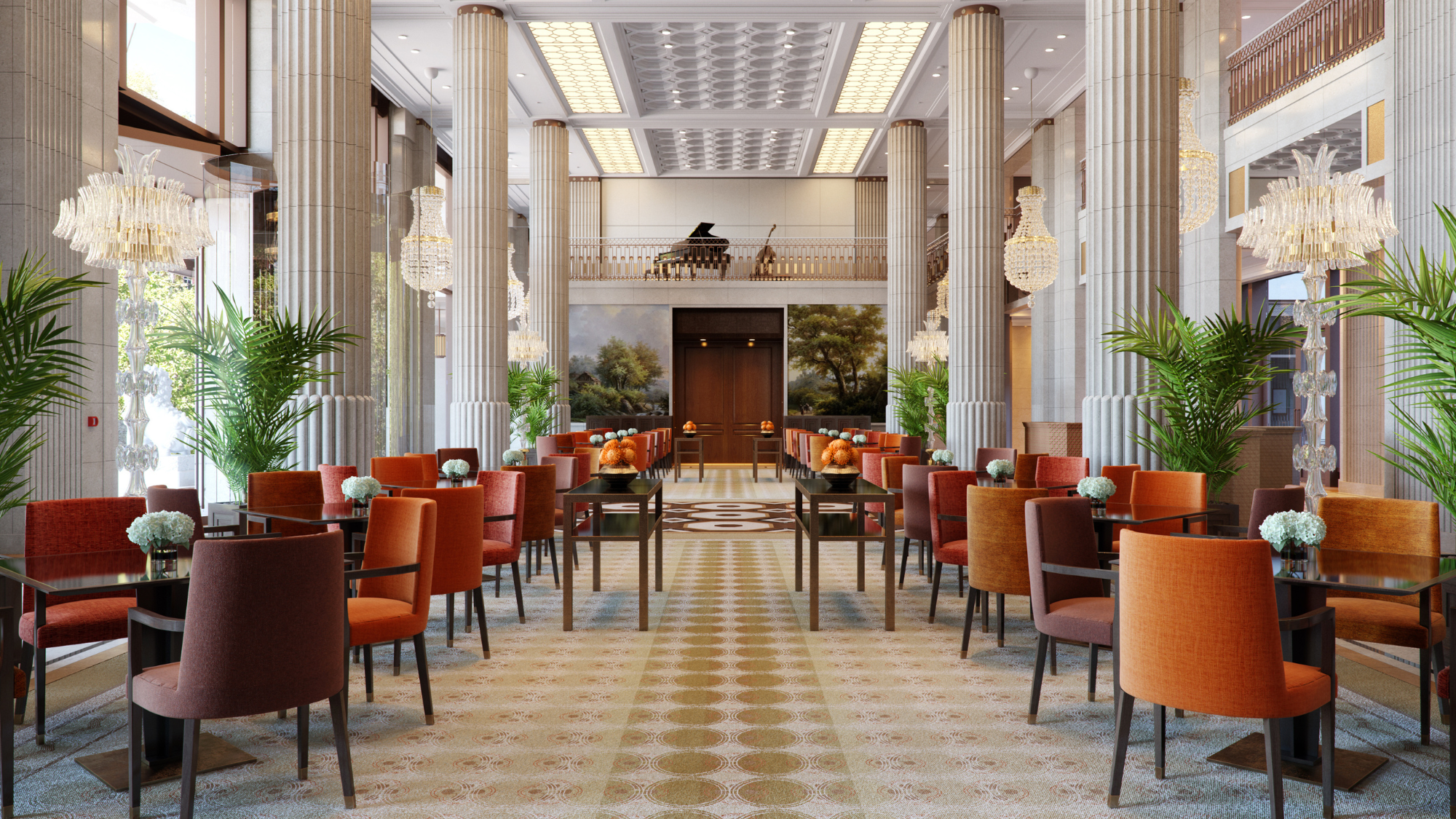 The Peninsula: London’s first billion-pound hotel
The Peninsula: London’s first billion-pound hotelThe Week Recommends As the capital’s super-luxury hotel scene continues to expand, the respected brand is still setting the standard
-
 The Mini-Mayfair package at Mandarin Oriental
The Mini-Mayfair package at Mandarin OrientalThe Week Recommends Keep the kids entertained with a family-friendly stay at one of London’s swankiest hotels
-
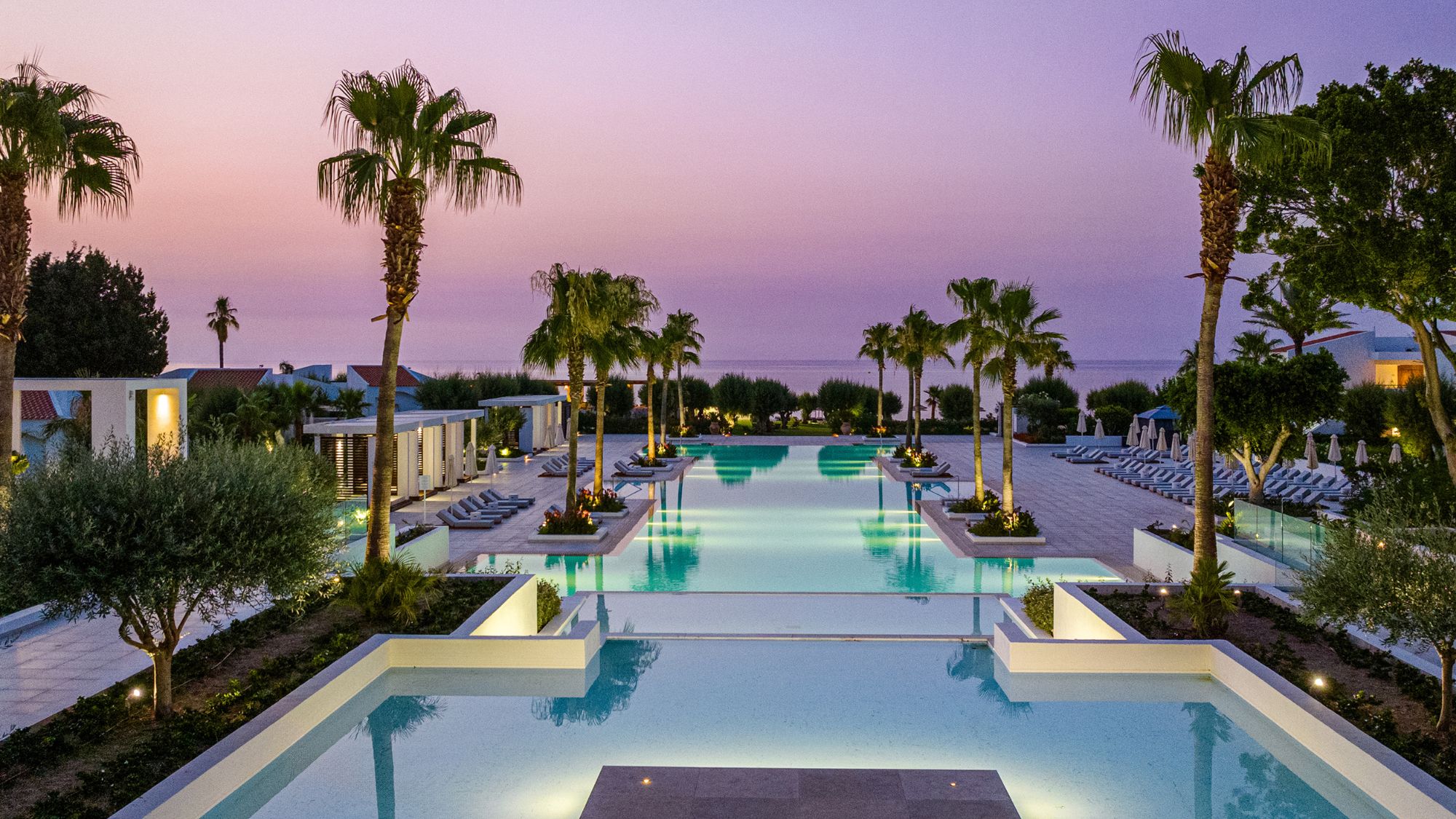 Grecotel Luxme Dama Dama: Greek luxury with a breezy beach vibe
Grecotel Luxme Dama Dama: Greek luxury with a breezy beach vibeThe Week Recommends Rhodes is reimagined in this refined and relaxed resort

